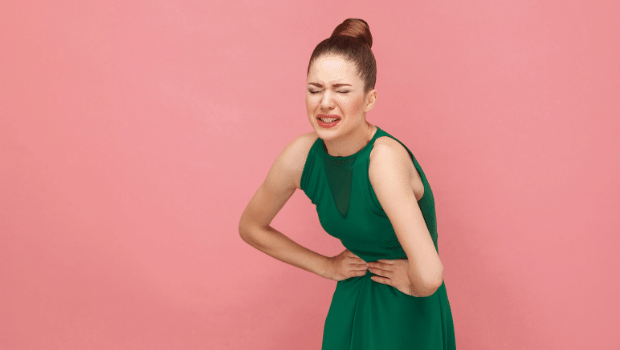The contrast indicated that calcium intake had a profound impact on whether women created Premenstrual Syndrome. ” We unearthed that girls with best intake of Supplement D and calcium from food options did have a dramatically paid down danger of being diagnosed with Premenstrual Syndrome,” Elizabeth Bertone-Johnson of the College Of Massachusetts, said.
The greatest outcome was observed in girls who consumed about 1,200 mgs of Calcium and 500 IU of supplement N per day. “We discovered the women who consumed four meals each day of epidermis or low-fat dairy, fortified fruit liquid and zero fat milk foods, had approximately a 40 per penny decrease danger of being identified as having Premenstrual Problem, than girls who just used these ingredients about once per week,” she said.
Degrees of calcium and supplement D fluctuate across the monthly period, and this might define girls with and without Premenstrual Problem, she added. The results must encourage them to consume more foods full of calcium and supplement N, she said. What’s more, these nutritional elements have been related to other health advantages, like the paid down of osteoporosis and some cancers.
When getting supplements, search for the elemental Calcium content. Studies demonstrate that it’s the consumption of milk products with the natural mix of calcium, magnesium and potassium that helps to prevent and get a handle on hypertension. Calcium may allow you to maintain correct pH degrees, and to reverse acidic conditions. Calcium is fat burner. Reports have shown that individuals with the greatest calcium intake overall weighed the least.
Premenstrual problem or PMS influences approximately eighty five % of most girls all through the youngster keeping decades, but, while some women experience very few or milder signs, the others experience numerous signs from moderate to significant that considerably intervene using their day-to-day activities. While medical experts and researchers have not discovered a specified cause for PMS, they’ve determined particular risk facets which can be associated with premenstrual syndrome. A number of these risk facets contain specific life style behaviors; thus, knowing these chance facets can help some feamales in significantly decreasing their outward indications of PMS.
The outward symptoms related to premenstrual problem on average start to develop in women that are in their middle twenties; however, most don’t start therapy for their indicators until they’re within their mid thirties. Although hardly any reports have already been done on teenage girls in relation to premenstrual problem, it has been noted that some teenage girls also go through the outward indications of moderate to average PMS.
Research reports declare that premenstrual syndrome has a tendency to dissipate in women after the age of thirty five, but, it’s projected that approximately six % of girls that are involving the ages of thirty five and forty four, are diagnosed with “Jubilance PMs” or “premenstrual dysphoric disorder” which is a more serious form of premenstrual syndrome. Reports show that the understanding of premenstrual problem symptoms vary among women from various cultures.
Asian girls have been reported as expressing that it is the symptom of suffering that’s many troublesome to them while American women claim the symptom of despair is probably the most serious symptom they experience. It has been described that women of Hispanic descent seem to have the most significant signs while girls of Asian source record the least and least extreme symptoms. Caucasian women appear to report the numerous indicators from both slight to significant slipping anywhere in the middle of all cultures.
Strain can be regarded as a adding risk factors as it pertains to experiencing more extreme apparent symptoms of premenstrual syndrome and many medical authorities suggest reducing or reducing stress – especially round the premenstrual cycle. Medical specialists believe that women who have a record of depression will also be more prone to developing PMS in addition to experiencing more extreme symptoms.
Lifestyle can also be regarded an important factor as it pertains to the apparent symptoms of premenstrual problem and women who cause stressful lives, often eat up alcohol, or smoke, tend to experiencing more extreme symptoms of PMS than girls who do not. Consuming excess quantities of polished carbs along with caffeine may also trigger the apparent symptoms of PMS to be more severe.

